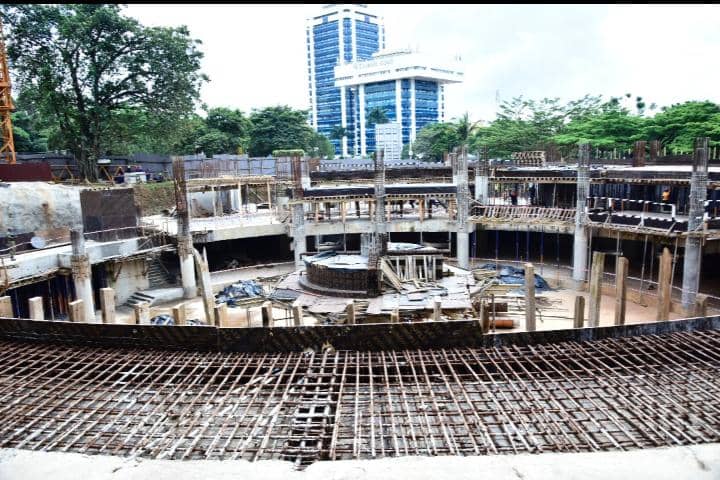
 Tiger FM
Tiger FM

 Tiger FM
Tiger FM
28 May 2025, 12:23 pm

By Ronald Ssemagonja
It is evident that the constitution industry currently is far from where it was about 400 years ago. In ancient days. Most Africans used grass, mud and cow dung to construct houses. Stones, bricks and sand were prevalent materials in developed countries with advanced technology.
Environmental engineer, Sejoba Hasan says that the better has done more harm than good. “It depends on the magnitude or size of the project. The environment has surely been damaged by the construction techniques we use and the materials as well. Timber, for example, is gotten after cutting down trees,” he said. He adds that as a result, the environment is polluted with carbon emissions. In agreement with Sejoba, Reagan Isiko, a quantity surveyor says that construction has benefited from the pollution.
“The construction industry has bred many professions of which mine is part. I wouldn’t have employed if it weren’t for that industry. People are able to have strong, durable buildings because of the different techniques the industry has to offer, despite the challenges with the environment apparently,” he said. As with every good thing, a price beyond carbon emissions is paid for the construction industry. It has largely contributed to the soil erosion as a form of environmental degradation.
Sejoba say,, for instance, the process of brick-making and site clearance do not spare the soil. “You have to dig or cut down vegetation respectively; something that disrupts the top soil,” he said. Construction also generates wastes that may contaminate the soil and water receptors. The remained building material such as tiles, paint and varnishes contain dangerous chemicals that are detrimental to soil and water alike.
According to 2012 research by Leonard Kayizi and Mark Atuhaire and others, on impact of construction activities on the environment in Uganda, revealed that the construction industry is responsible for at least 25% of greenhouse emissions, 15% of water consumption, 20% of harvested wood and 35% of energy consumption. It should be remembered that health workers have been stating that flooding and waterborne diseases are some of the consequences of risen water especially in areas where the drainage system is facing challenges.
Isiko says people should focus on restoring old buildings instead of starting new ones. “If people adopt this, it will reduce on the resources that are exploited. Builders should either use water efficiency or recycle the available water. Constructors can make use of synthetically produced materials like artificial wood to reduce on the industry’s environmental disaster. If possible, build smaller houses to avoid mass destruction of vegetation. I also urge all constructors to have a waste management plan because it is very important both to the environment and the people and there must be waste centers within the construction site that disposes waste,” he said.
About noise pollution, Isiko says builders should employ machines with noise silencers. “They can have noise silencers and should be serviced regularly to circumvent other problems. There is also emission of hazardous gases into the ozone layer, drainage channels should be out in place to direct the run off of silt, construction waste and oil spillage away from water bodies and during the rainy season, construction work should be restricted,” he said.